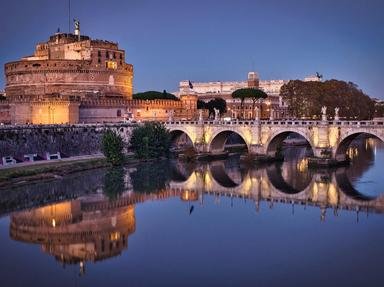Quiz Answer Key and Fun Facts
1. In the "Gilgamesh Epic", the bull, Gugalana, was the husband of Ereshkiga, goddess of the underworld. The people of which civilization first told this story?
2. In this culture, bulls deemed to be ritually perfect were housed in a temple, eventually embalmed and encased in a sarcophagus. Which civilization worshiped the bull as Apis?
3. The people of which city, the largest dating from the Neolithic Age in ancient Anatolia, decorated the walls of their dwellings with heads of cattle?
4. Was it a sport? Or a religious observance? Which ancient people are depicted engaging in an activity called "bull leaping"?
5. Although very popular among the Romans, Mithraism probably had its beginning in which empire that practiced Zoroastrianism as its state religion?
6. In which religion does the god Shiva ride a sacred bull named Nandi?
7. Which civilization had a principal deity that turned into a bull to seduce an unsuspecting woman?
8. Which ancient civilization practiced the "taurobolium", in which a bull was sacrificed for the well-being of the state and its people?
9. Which ancient people believed that sacrificing two white bulls under an oak tree from which mistletoe had been cut would cure infertility?
10. In the Old Testament, there is a story about the Hebrews constructing a golden calf idol to worship while Moses was receiving the Ten Commandments on top of Mt. Sinai. Who made the idol?
Source: Author
ponycargirl
This quiz was reviewed by FunTrivia editor
bloomsby before going online.
Any errors found in FunTrivia content are routinely corrected through our feedback system.

